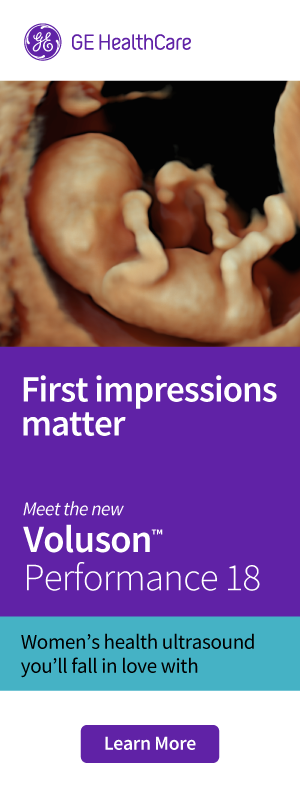Nitrous oxide (N2O) is a potent greenhouse gas and the most significant ozone-depleting substance. It remains in the atmosphere for over 100 years.1 Despite this, N2O has long been accepted as an effective analgesic, commonly used in maternity services.
The problem
The main concern with N2O delivery in hospitals is leaks within the often extensive piping system that transports N2O from a pressurised set of canisters in a manifold through the hospital to the patient’s location. An inhalational device is then attached to a wall outlet and nitrous flows to the patient as required. These pipelines are highly prone to developing leaks and studies have demonstrated losses of 70-95% of N2O before any gas reaches the patient.2
Even regular leak tests, as per the Australian standard, have been shown to be ineffective at discovering and addressing this issue. Leakages can also be intermittent, further complicating monitoring efforts. These substantial fugitive emissions contribute significantly to environmental harm. Our bottom line – the health of our community is at risk. There are growing calls to eliminate the use of piped N2O systems in new hospital builds and to decommission lines in existing hospitals.
In anaesthetics, piped N2O can be replaced with cylinders attached directly to anaesthetic machines, eliminating the need for piped systems. This transition has already occurred in several non-maternity hospitals across Australia. However, it has been assumed that dealing with piped N2O in maternity units poses additional challenges that have delayed decommissioning in these settings.
Our experience challenges that assumption and demonstrates that switching away from piped N2O is relatively easy, financially and carbon-cost effective, and carries additional advantages to patient care.
A solution
The good news is that N2O is also available in smaller, mobile tanks that can be placed near the patient to deliver the same analgesia without the excessive atmospheric losses associated with pipes. Rather than compromising patient care, mobile delivery units may enhance the birthing experience by enabling greater mobility during labour, which is associated with reduced interventions and a more positive patient experience.3
What we did
Motivated by strong local support from medical, midwifery and nursing staff, our maternity unit committed to transitioning fully to mobile N₂O delivery systems and decommissioning the hospital’s piped N₂O infrastructure. This was a hospital-wide initiative with executive support, coordinated by our Environmental Sustainability Officer with practical input from maintenance staff. Our community is climate-conscious and this strong community value provided further incentive for the project.
Our unit consists of two birth suites and we care for more than 300 women each year during childbirth. To facilitate transition, our unit purchased three mobile units and commenced clinical use. Once the team felt comfortable with the mobile units, and the theatre transition had occurred concurrently, maintenance staff began decommissioning the piped N2O throughout the hospital. Wall outlets were capped and de-labelled. Over the course of several months, staff and equipment were monitored for any issues, and so far, no concerns have been raised.
What’s next
Feedback from both maternity and theatre services is being collected with the support of our Environmental Sustainability Officer. The transition has been smooth so far, and patients have been happy to hear about our efforts to minimise our footprint and support a healthier environment.
Currently, a work instruction guide and an FAQ troubleshooting document for decommissioning are being developed to support decommissioning at other sites. There has been interest from many maternity healthcare sites both within the state and around the country. Supporting that process with our learnings is one of our priorities. We welcome any input, questions and feedback from sites around Australia.
Summary
Piped N2O delivery systems are inherently leaky and responsible for significant greenhouse gas emissions from the healthcare sector. This contributes to the negative impacts of climate change on health. Maternity services are a major user of N2O, and opportunities exist to decommission piped N2O systems in favour of mobile units. We have successfully implemented this transition with minimal impact.
We now have N2O units that are closer to the patient and can improve patient care, while reducing the negative impact on the environment, the health of the patients we care for and their children. Each baby born in a maternity unit is a poignant reminder of our collective responsibility.
Dr Pallas Mareyo and Dr Lauren Kite are working at Broome Hospital, Western Australia. You can contact Dr Pallas Mareyo at [email protected].
References
- Andersen MPS, Nielsen OJ, Sherman JD Assessing the potential climate impact of anaesthetic gases Lancet Planet. Health 2023; 7: e622–29
- Chesebro BB, Ghandi S. Mitigating the systemic loss of nitrous oxide: a narrative review and data-driven practice analysis Br J Anaesth 2024 133(6) 1413 – 1418
- Bonapace J, Gagné G, Chaillet N, Gagnon R, Hébert E, Buckley S No. 355-Physiologic Basis of Pain in Labour and Delivery: An Evidence-Based Approach to its Management JOGC 2018 40(2)







Leave a Reply